Discover the wonders of Wyoming’s historic Yellowstone and Grand Teton National Parks on this adventurous tour as you take leisurely walks or more strenuous hikes in both parks, learn about geology, and observe plentiful wildlife.
Yellowstone and the Tetons
7 days from $6,250
Discover the wonders of Wyoming’s historic Yellowstone and Grand Teton National Parks on this adventurous tour as you take leisurely walks or more strenuous hikes in both parks, learn about geology, and observe plentiful wildlife.
Tour Details
JOURNEYS DISPATCHES
To view a section, please click on an option below.
* Click on hotel name to visit hotel web-site.
Ridgeline Hotel at Yellowstone
Gardiner, Montana, United States
The Ridgeline Hotel at Yellowstone sits on the banks of the Yellowstone River with views of the surrounding Absaroka and Gallatin mountains and just outside the northern boundary into Yellowstone National Park. The hotel features 86 comfortable guest rooms all with private bath, cable-satellite television, refrigerator, microwave, coffee maker, hairdryer, iron, and ironing board. There is an indoor/heated swimming pool, a whirlpool spa, steam room, sauna, business center, self-serve laundry, a gift shop, guest computer access, and complimentary Wi-Fi is available in the hotel public areas.
Old Faithful Snow Lodge
Yellowstone National Park, United States
Old Faithful Snow Lodge was fully renovated and transformed into a hotel in the 1990s, following the architectural guidelines of the Old Faithful Historic District. It received the Cody Award for Western Design and features recycled timber, hand-crafted furnishings, and rustic décor. Snow Lodge is the only lodge inside the park that is open in winter, and it offers a warm and relaxing atmosphere, with space to read and play board games by the fireplace. Rooms feature a telephone, coffee maker, refrigerator, and hair dryer. The lodge has a dining room, lounge, snack bar, gift shop, and laundry facilities, and WiFi is available in the main lobby for a fee.
Rustic Inn
Jackson Hole, Wyoming, United States
The Rustic Inn sits on seven pristine acres and just a short walk from the heart of downtown Jackson with views to the National Elk Refuge, where thousands of elk congregate each winter. The inn has 152 sumptuously appointed guest rooms each offering cable television, telephone, air conditioning, hair dryer, iron and ironing board, and complimentary WiFi. There is an outdoor heated pool, hot tub and landscaped trails that follow Flat Creek. There is the Rustic Inn Bistro for dining, a casual bar for refreshments, and a patio with a fire pit (weather permitting) on site for taking in the views.
Expectations: This is a moderately active program incorporating walks and hikes from 1 up to 4 miles round-trip with options (at times) for shorter walks and hikes, most on well-marked trails. However trails in the national park can be rocky, uneven and dusty. Elevation gains during these walks and hikes can be strenuous and participants may be affected with shortness of breath. The Yellowstone Plateau sits at an average elevation of 8,000 feet and the area around Jackson and Grand Teton National Park is at roughly 6,000 to 7,000 feet above sea level. We recommend if you are susceptible to shortness of breath at higher elevations to check with your physician prior to registering for this trip.
The time on the trails will be taken at an easy to moderate pace suitable for study. Appropriate footwear and gear is very important as you will experience the park rain or shine. We highly recommend dressing in layers and wearing trail shoes with a sturdy tread or well-worn hiking boots as well as having rainwear, a hat, sunglasses, sunblock, and sunscreen on hand. A full list of suggested items to pack will be included with your pre-tour documents.
Appropriate for: Travelers who are physically fit, expect a somewhat vigorous pace, are comfortable participating in up to five hours of physical activity per day, and enjoy some physical exertion.
Learn more about the lost history of Yellowstone in Smithsonian Magazine.
Highly Recommended
Also Recommended
*As an Amazon Associate, Smithsonian Journeys earns from qualifying purchases.
For the convenience of our travelers, Smithsonian Journeys includes a basic medical expense and evacuation plan through Trip Mate, a Generali Global Assistance & Insurance Services brand, at no additional charge. This plan provides post-departure Medical and Dental coverage of $250,000 per person and Emergency Assistance and Transportation coverage of $1,000,000 per person (U.S. Residents Only). Note: For full details regarding these coverages please review the following Plan Documents here.
In addition, we recommend that travelers purchase a travel protection plan to help protect their travel investment from unforeseen events such as cancellation due to illness, flight delays due to adverse weather, baggage loss, and more. For your convenience, Smithsonian Journeys offers an optional Travel Protection Plan administered by Trip Mate, a Generali Global Assistance & Insurance Services brand. For those interested, optional "Cancel for Any Reason" coverage is available for an additional charge. Note: Certain eligibility requirements apply and Cancel for Any Reason coverage is not available to New York residents. For full details regarding this coverage please review the following Plan Documents here.
To learn more about the Travel Protection Plan, you may visit https://www.generalipartner.com/smithsonianjourneys or call the administrator, Trip Mate, a Generali Global Assistance & Insurance Services brand at (866) 501-3252.

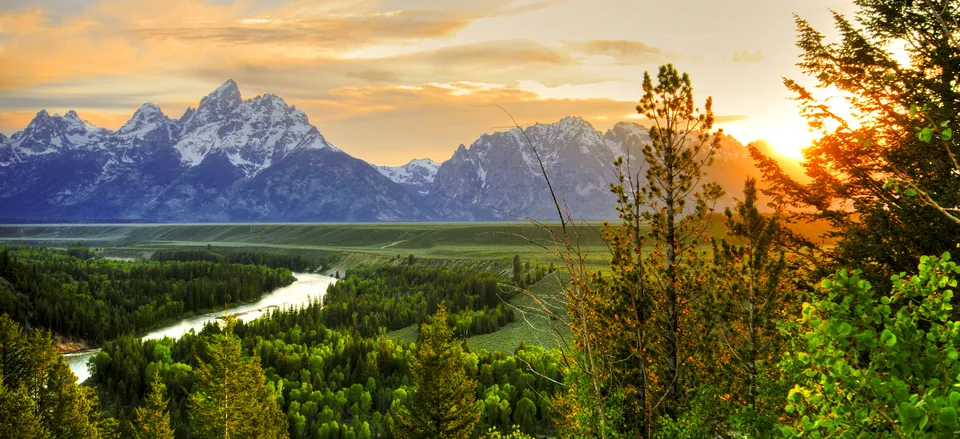
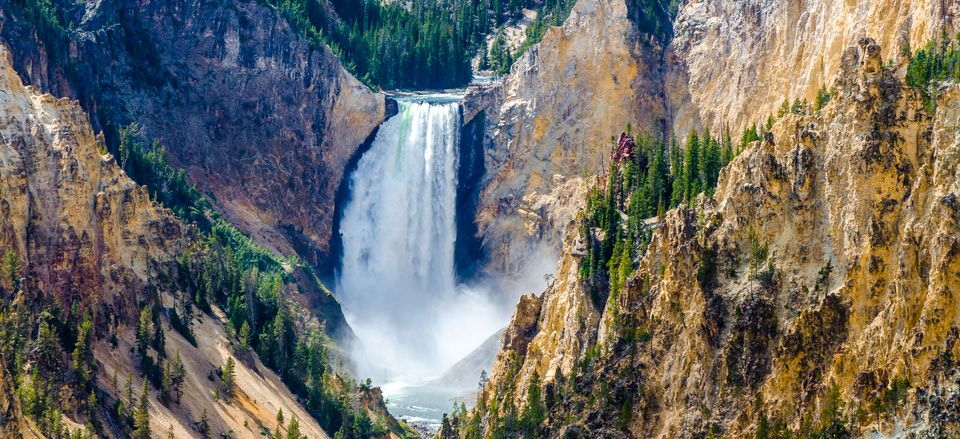
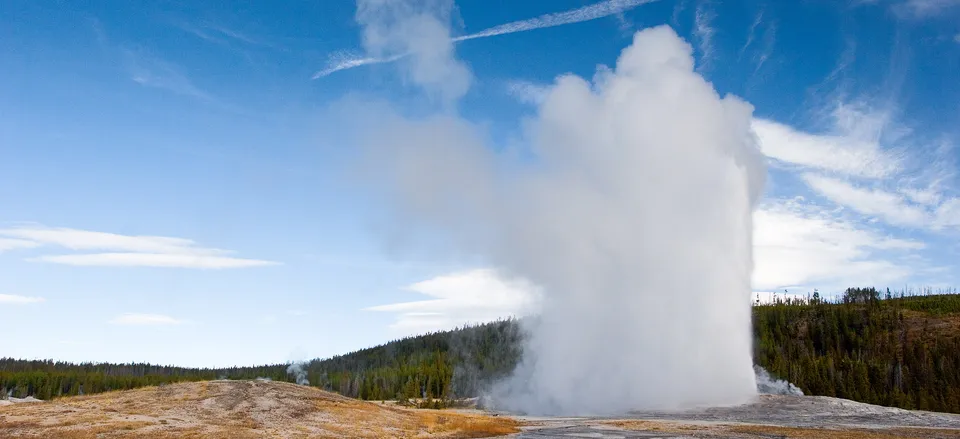
/https://tf-cmsv2-journeys-media.s3.amazonaws.com/filer_public/49/fd/49fd0948-9bf7-4ac3-91b5-fb2d7d375475/wy_yellowstonenp_grandprismaticsprings_dt_l_83519381.jpg)
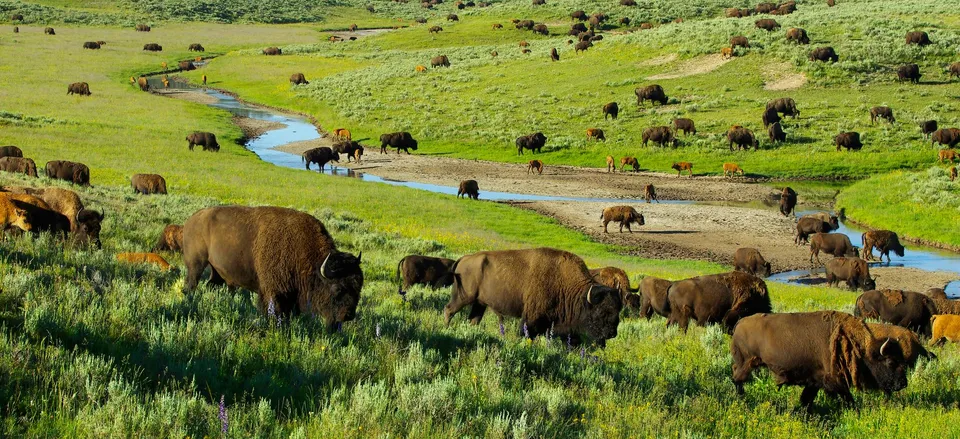
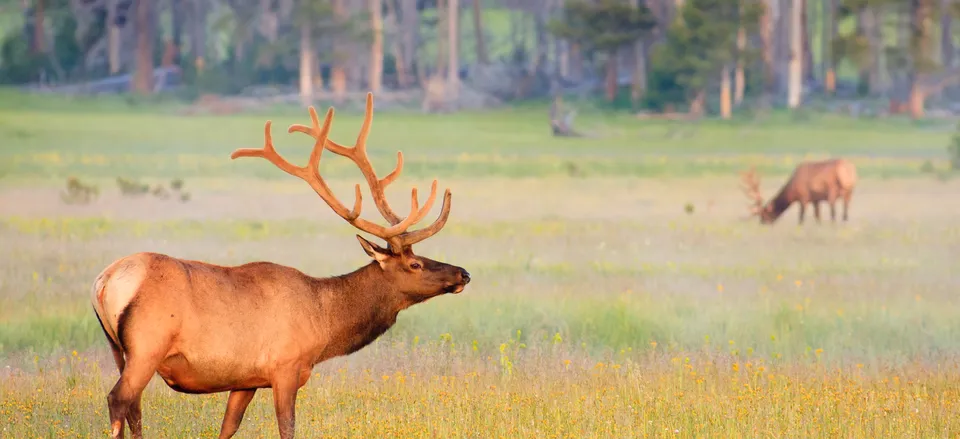
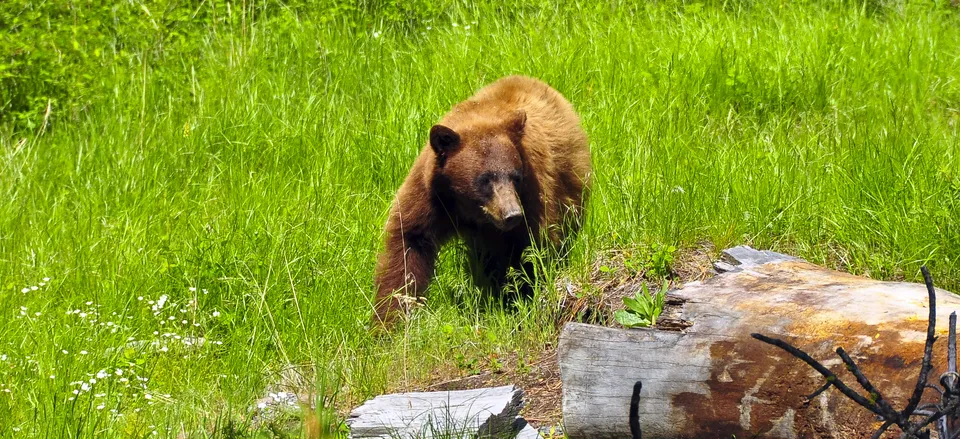
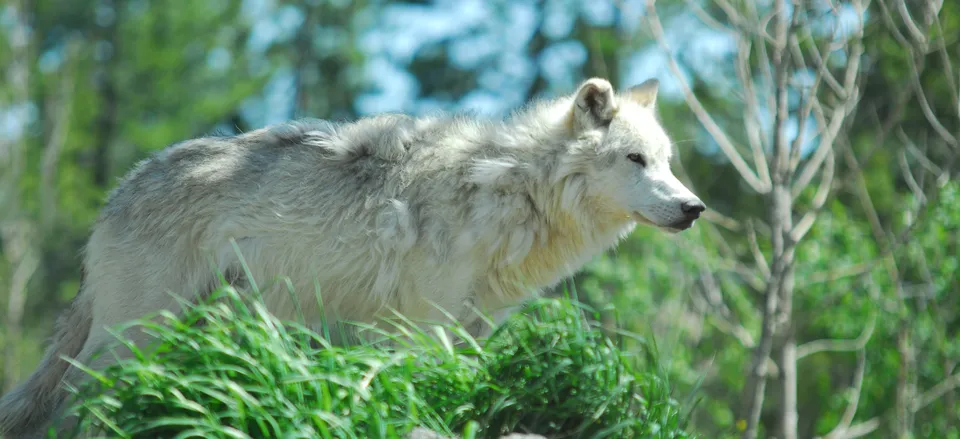
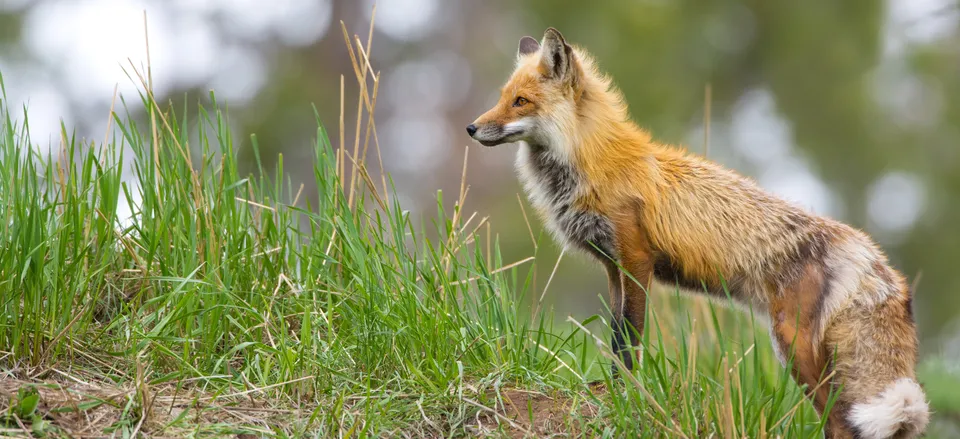
/https://tf-cmsv2-journeys-media.s3.amazonaws.com/filer/9f/58/9f58e111-74e8-49e7-a1f8-bea616927c6a/dsc012791.jpg)
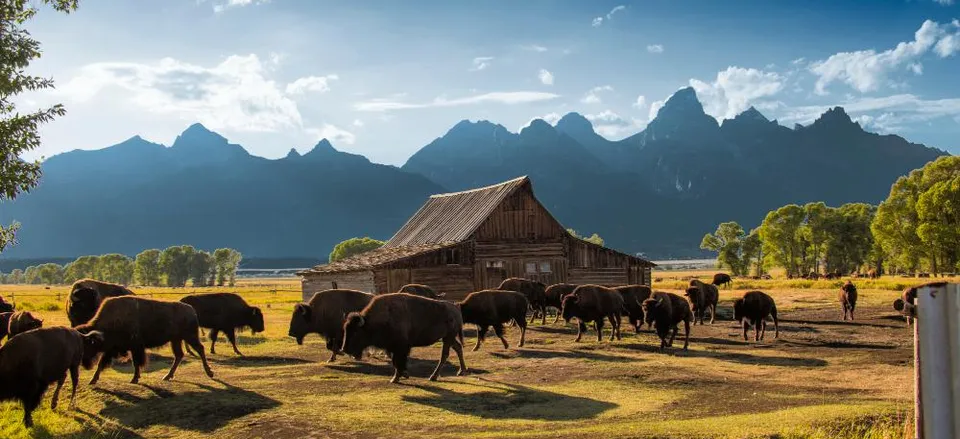
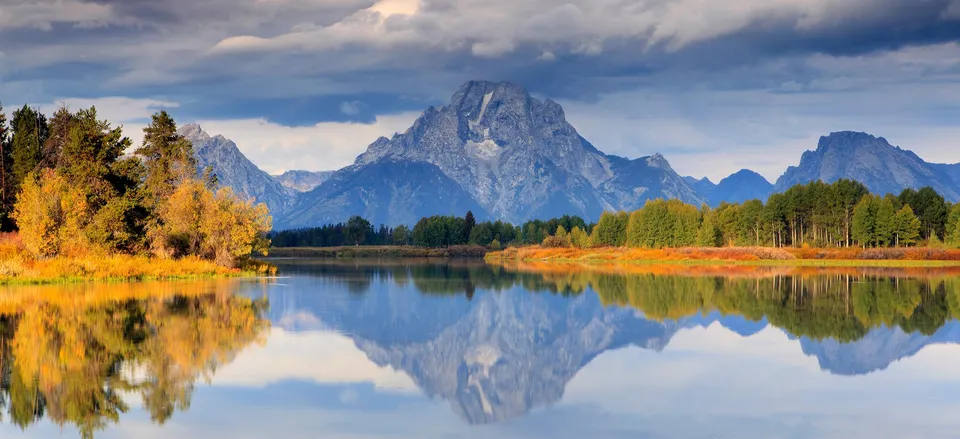
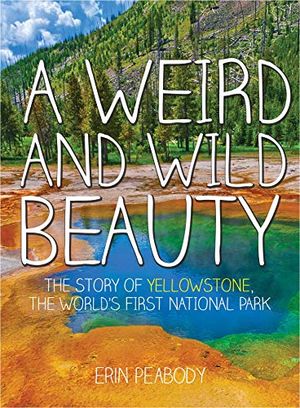
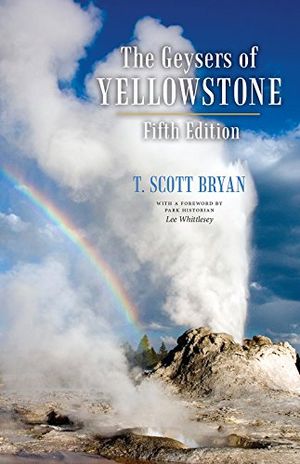
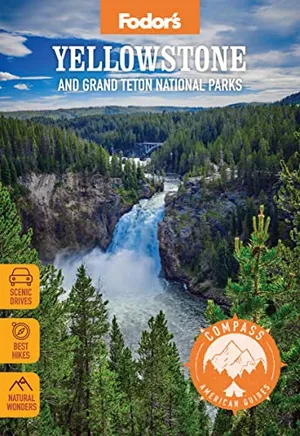
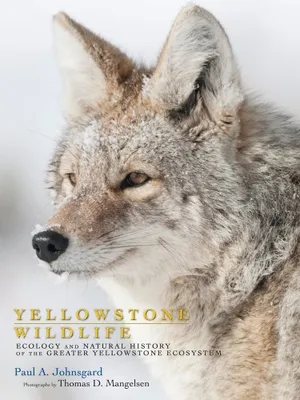
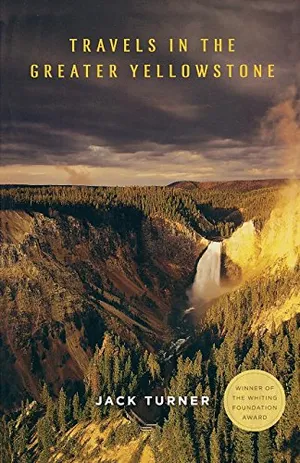
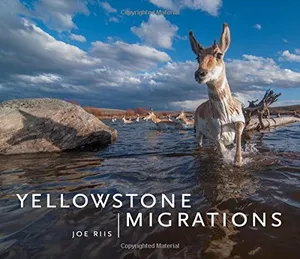

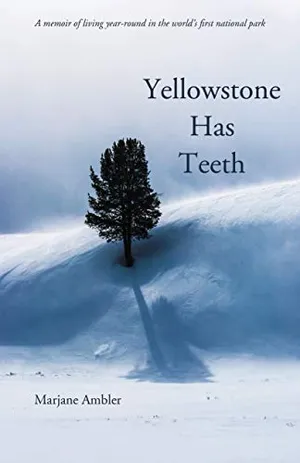
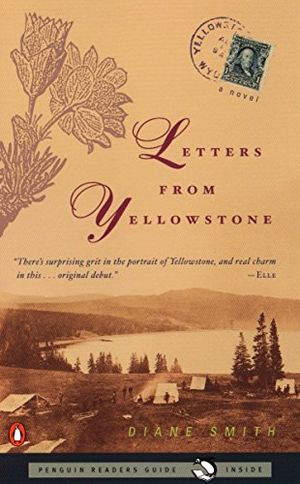
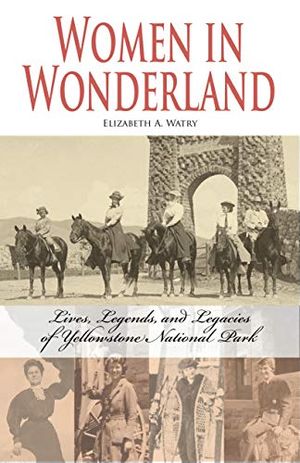
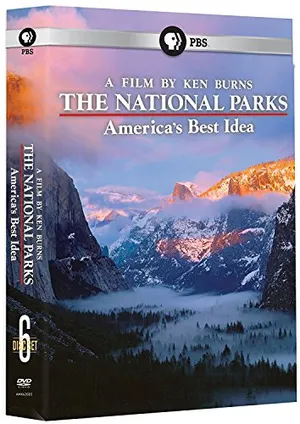
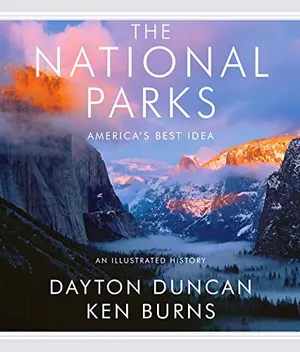
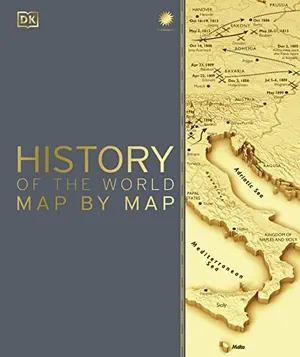
:focal(2736x1433:2737x1434)/https://tf-cmsv2-journeys-media.s3.amazonaws.com/filer/8c/3c/8c3ca72a-3079-43e5-8396-45694339176a/wy_yellowstone_mammoth_hot_springs_dt_xxl_175221653.jpg)
:focal(1357x762:1358x763)/https://tf-cmsv2-journeys-media.s3.amazonaws.com/filer/4c/7e/4c7e1040-63ae-4516-bb54-373f329d6b0e/mt_glaciernp_dt_l_47706193.jpg)
/https://tf-cmsv2-journeys-media.s3.amazonaws.com/filer/d2/52/d252f665-21c6-4daa-b163-8911ddd0d383/ut_bryce_hoodoos_sunset_ist_176984017.jpg)